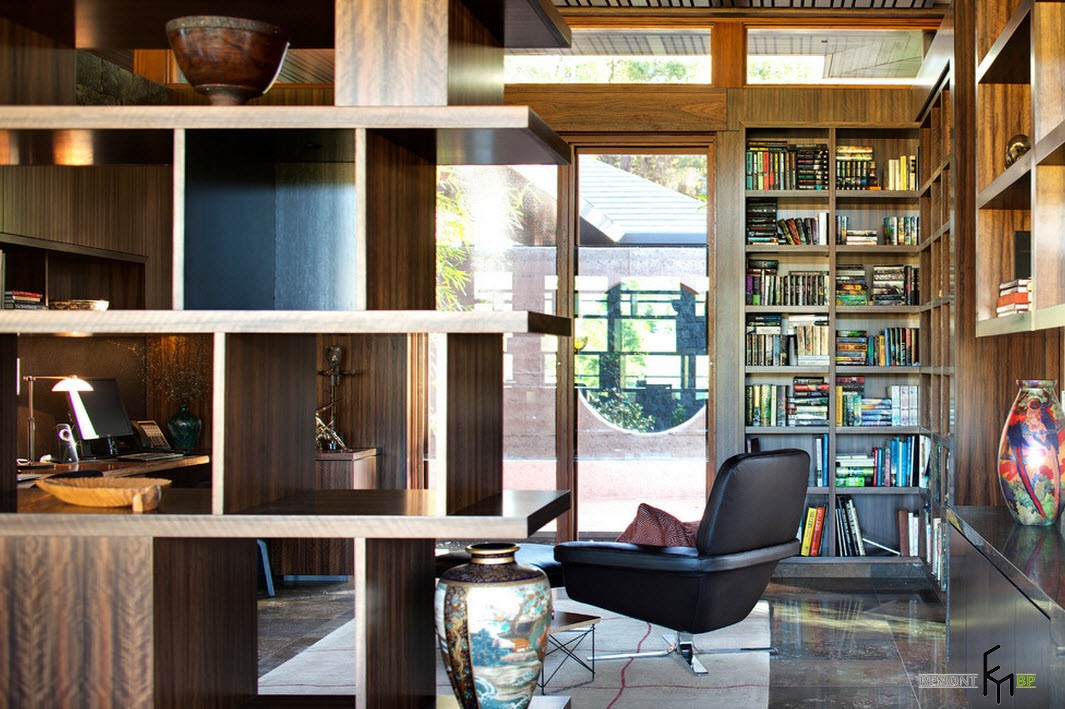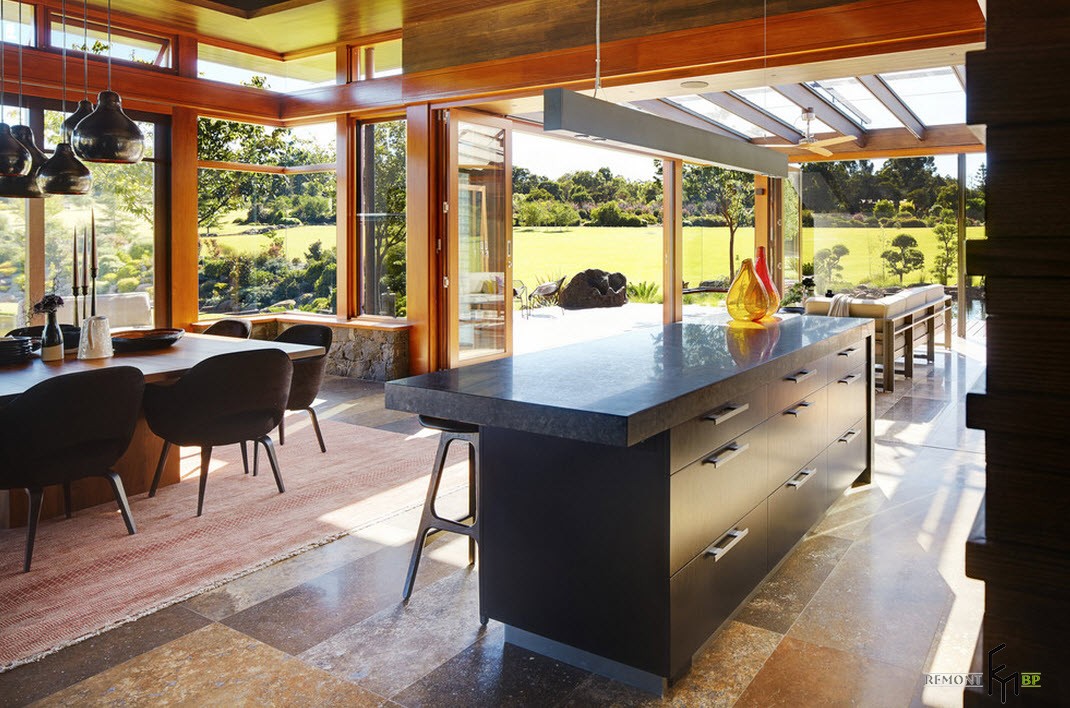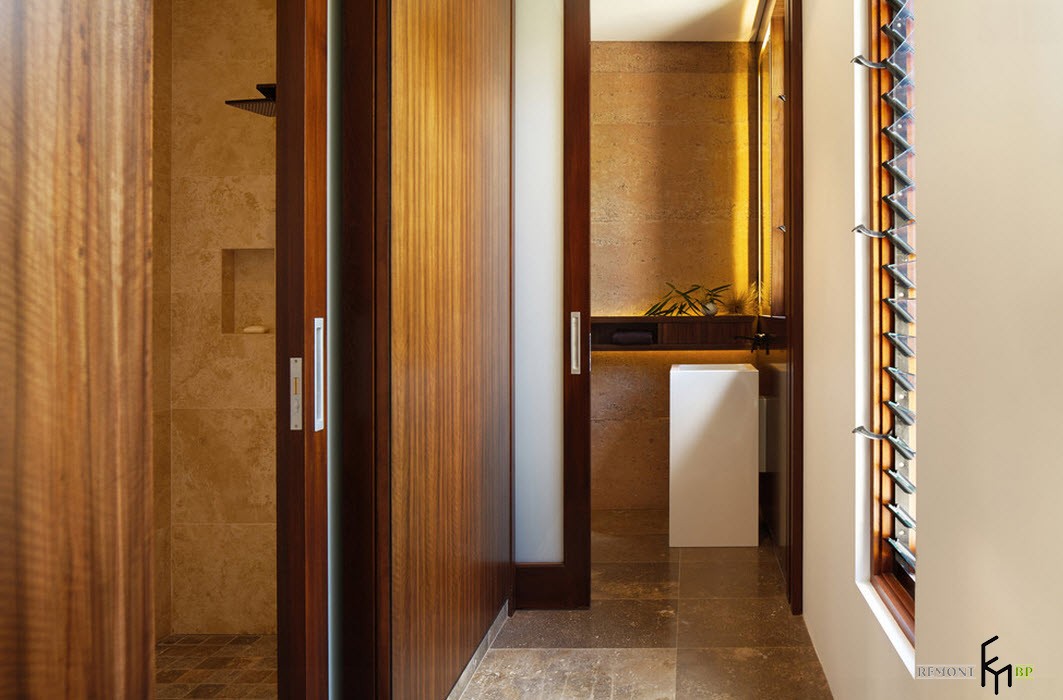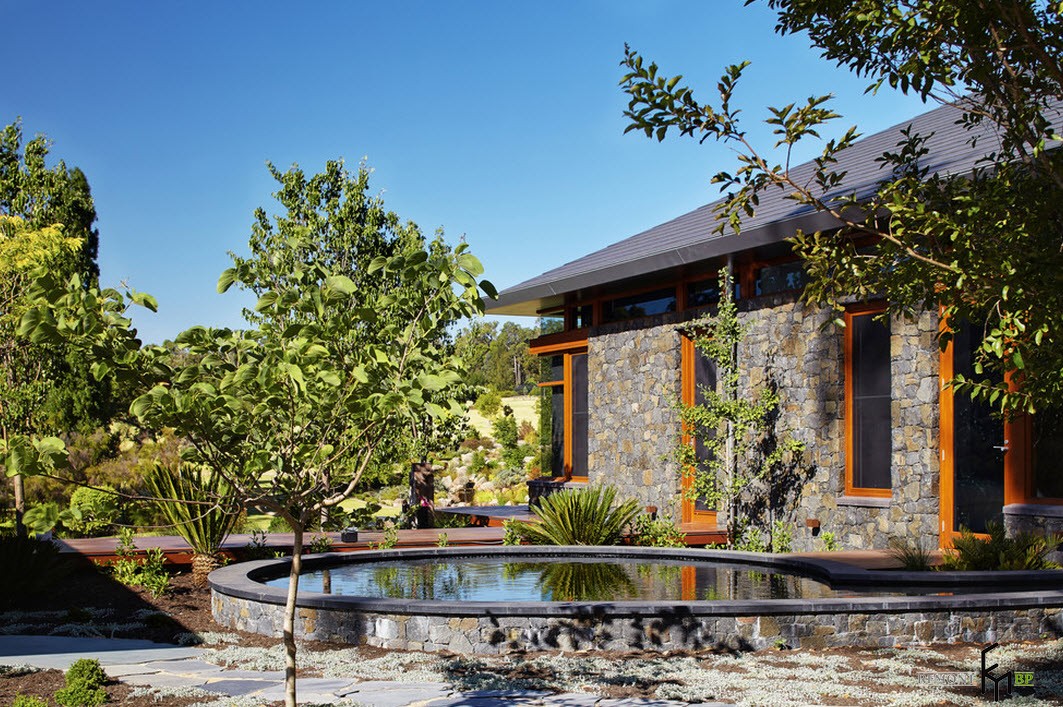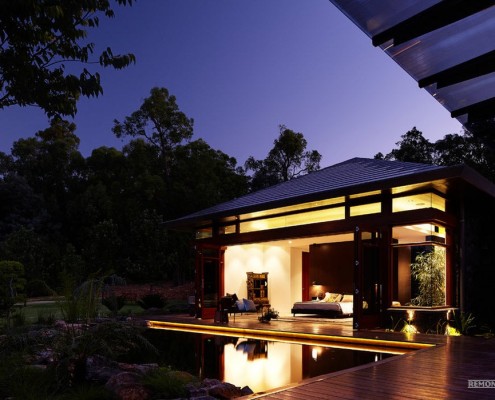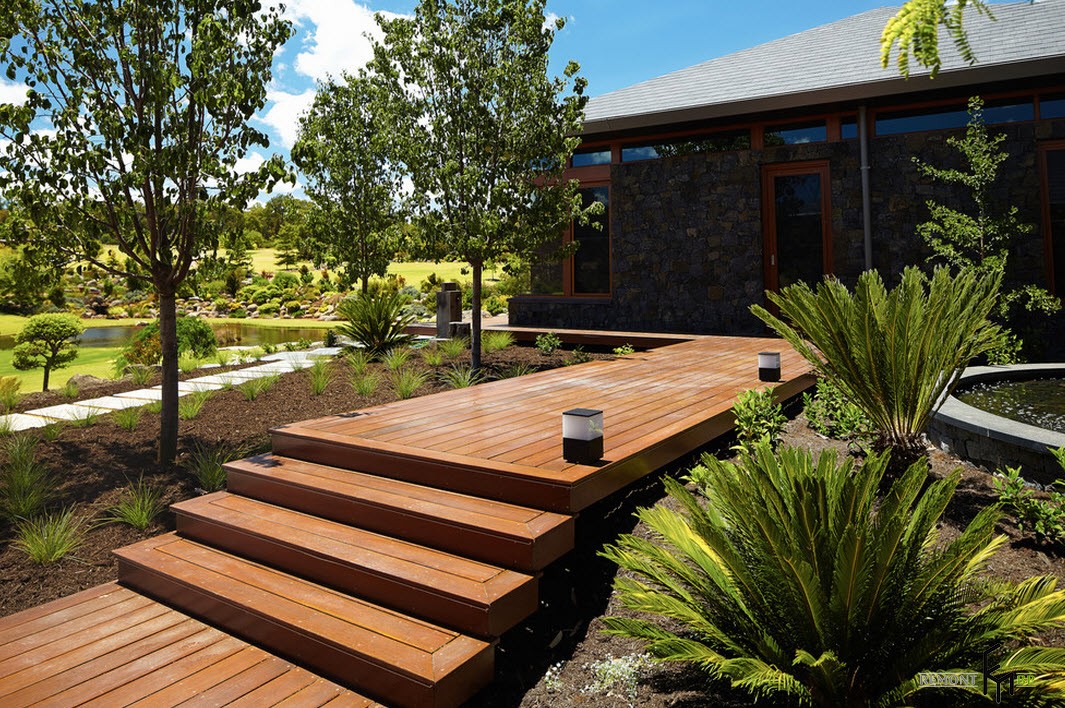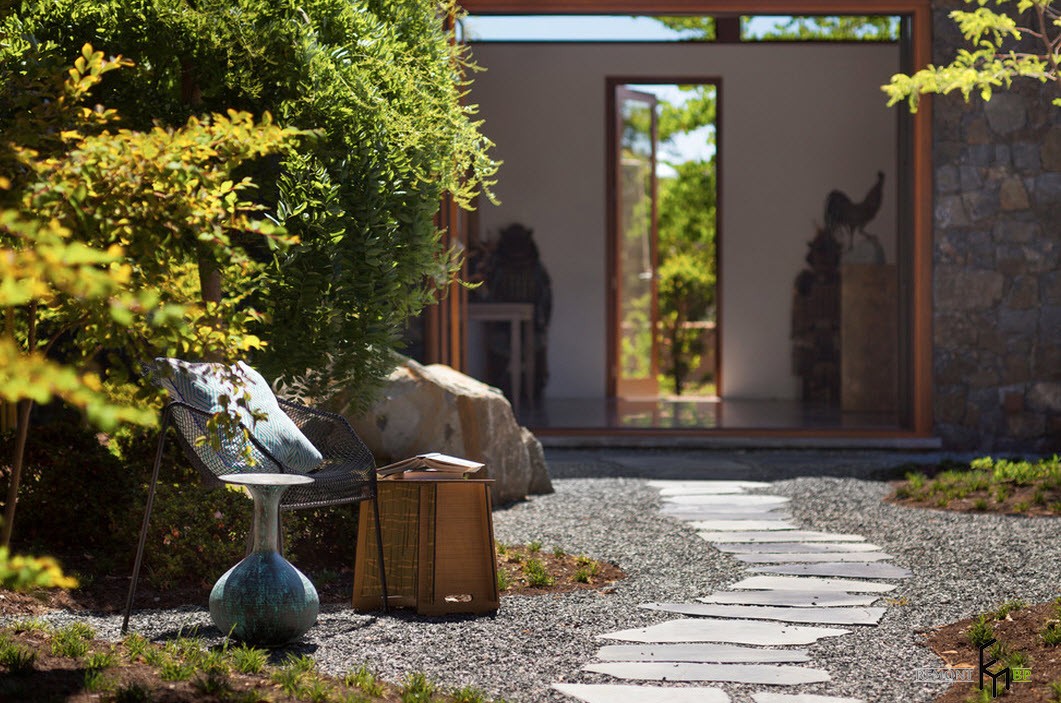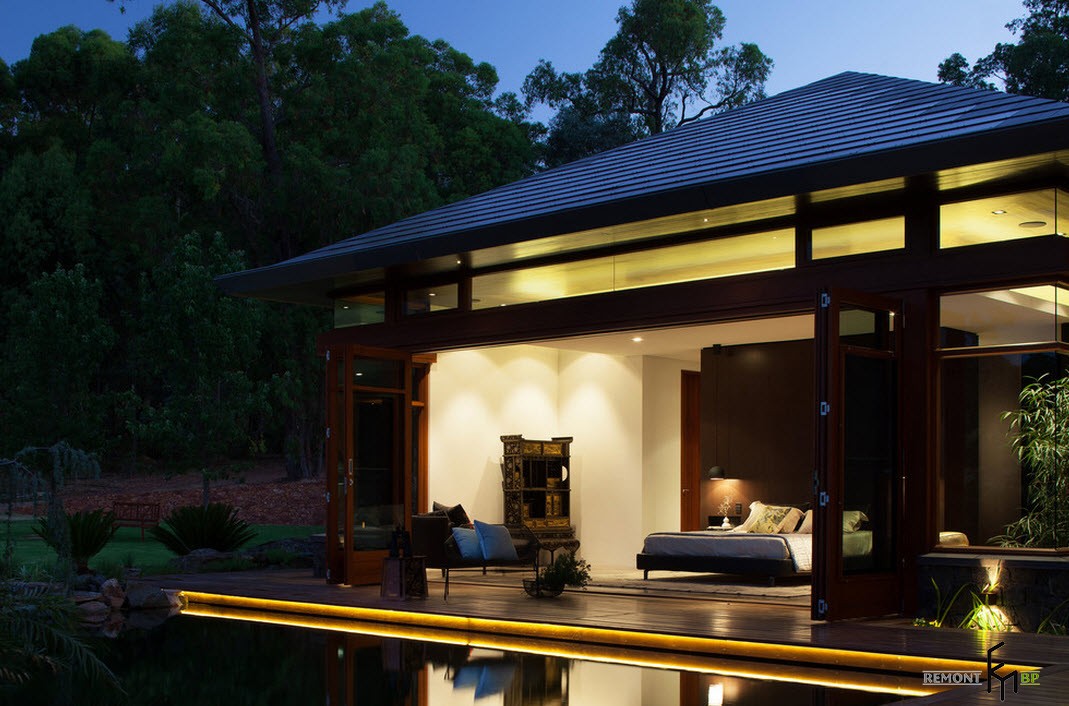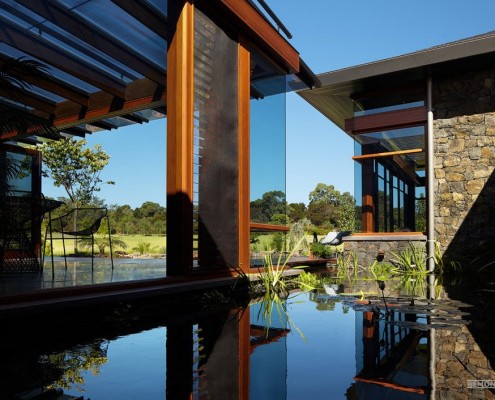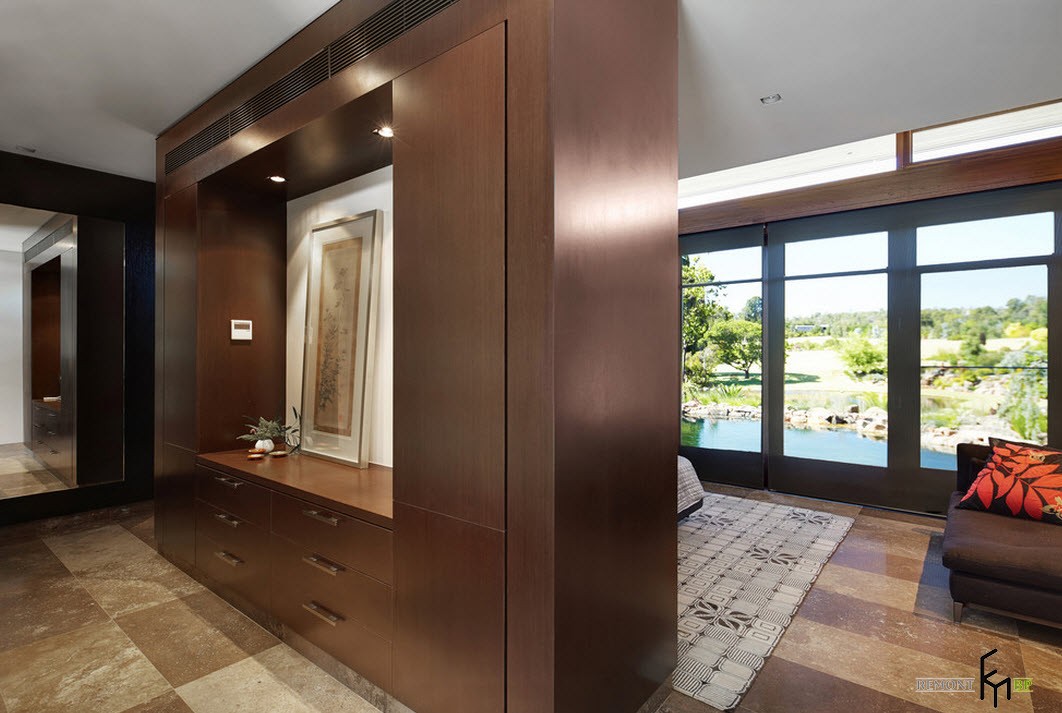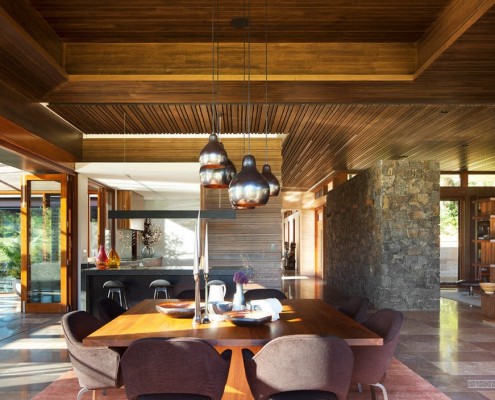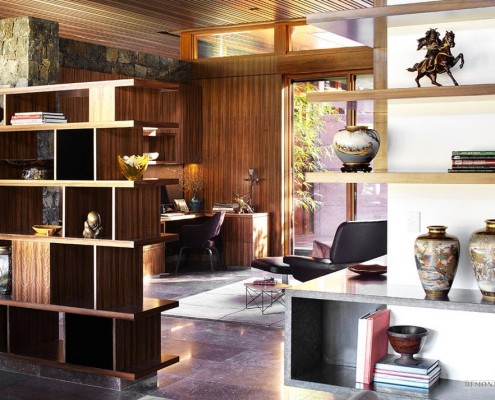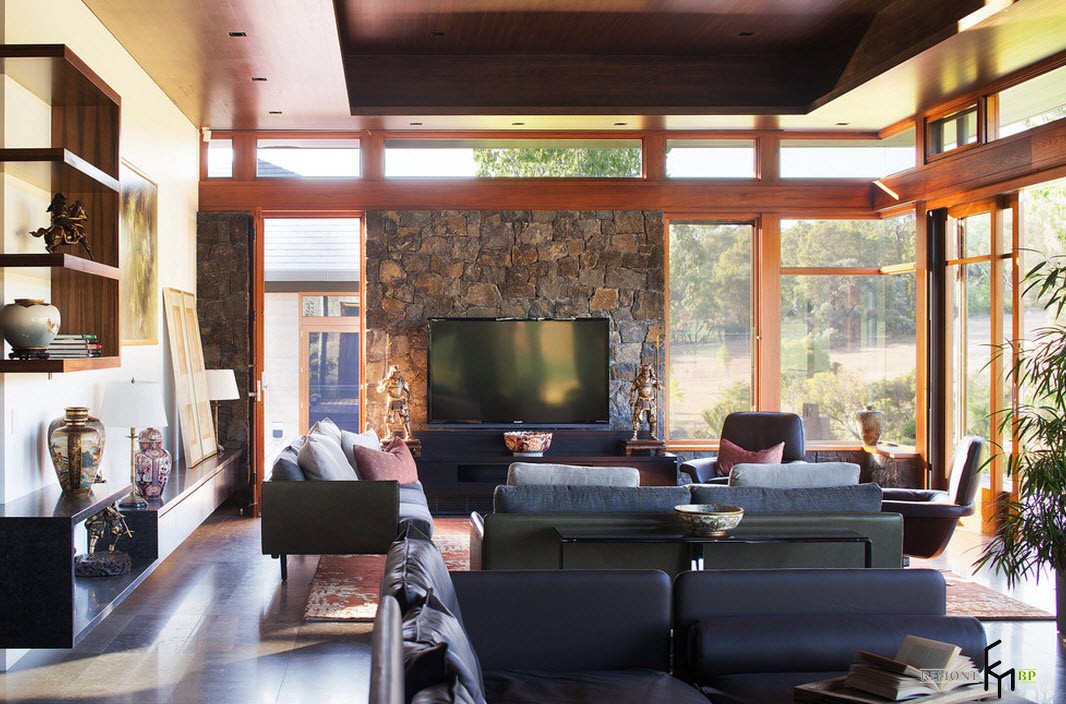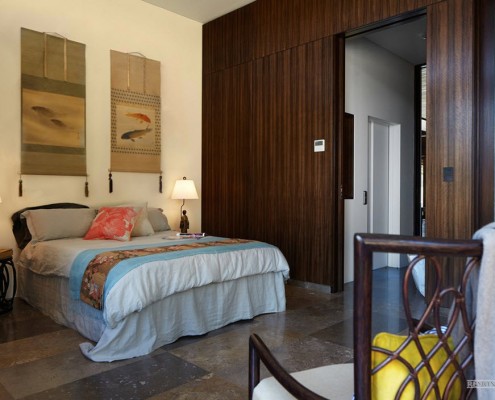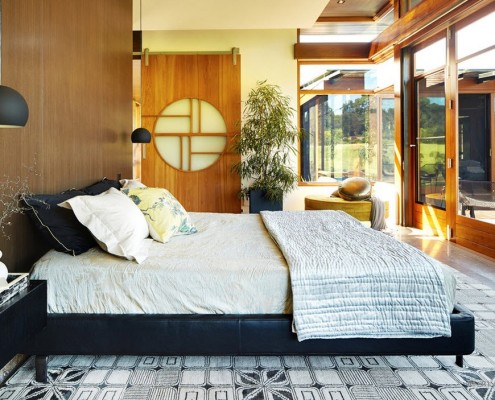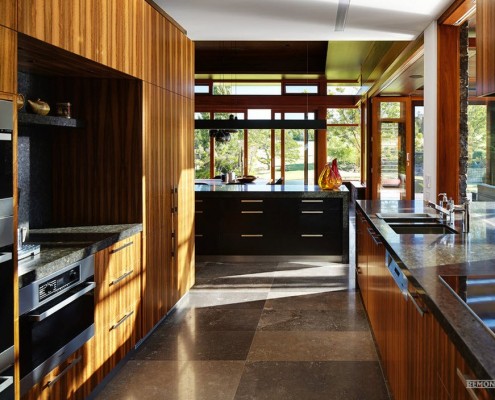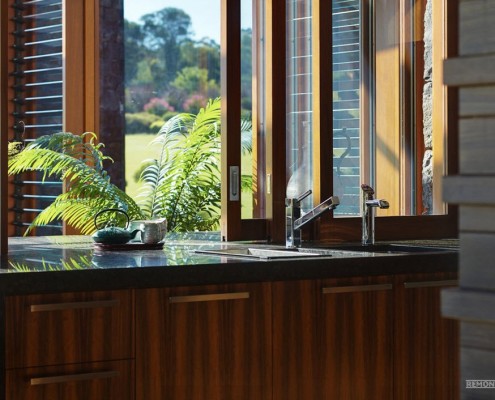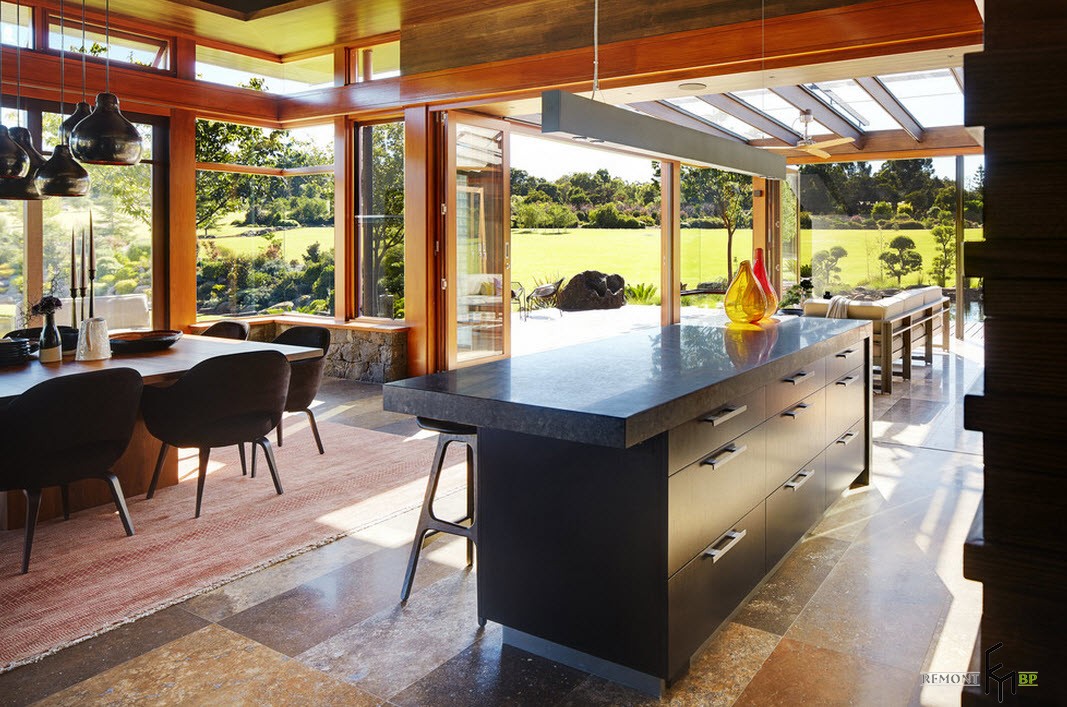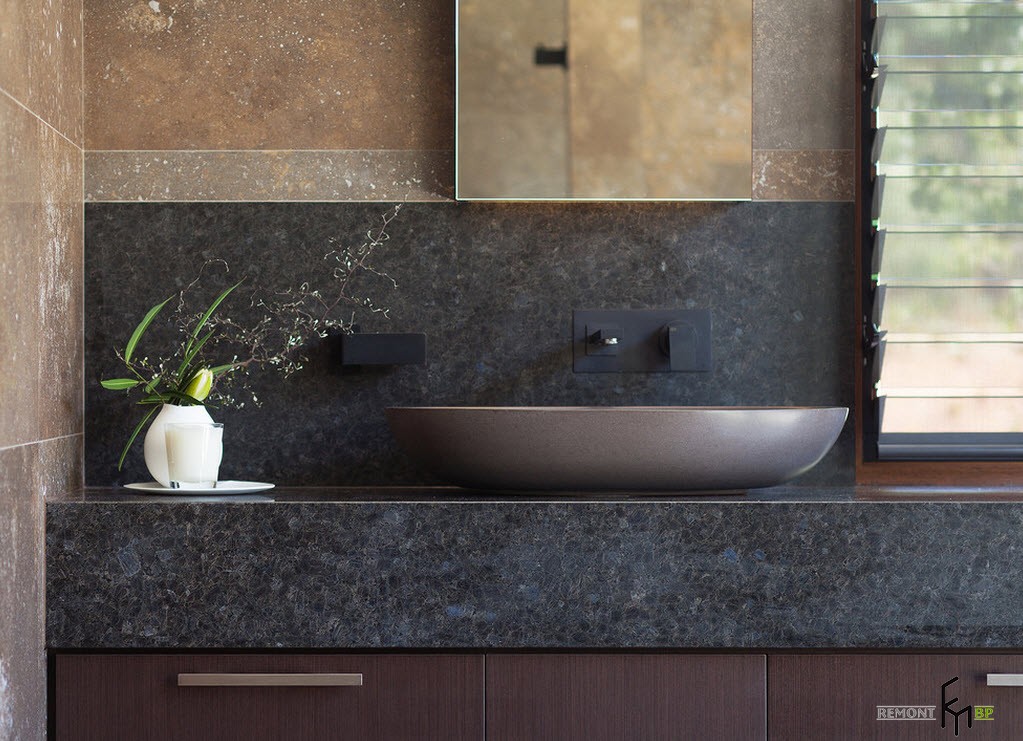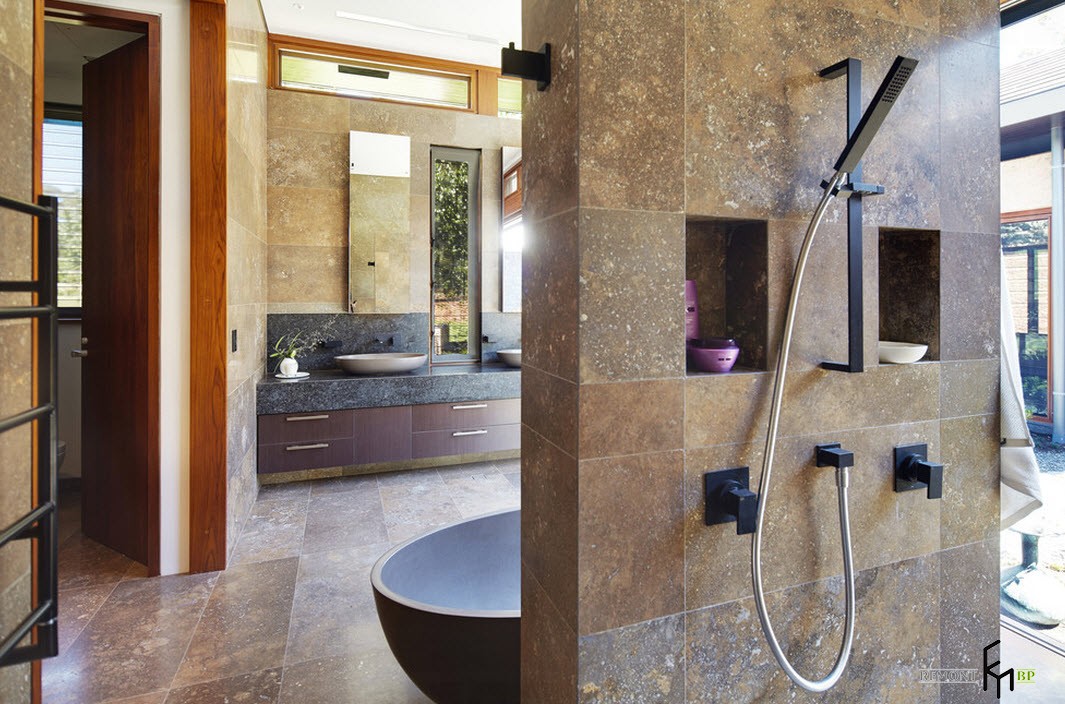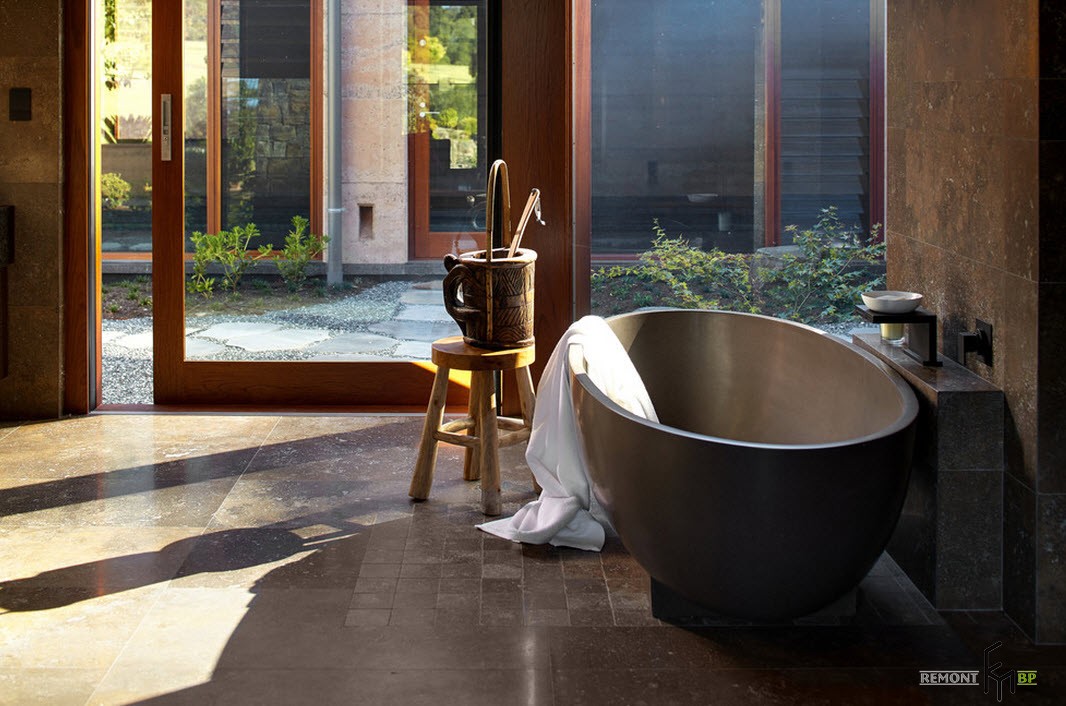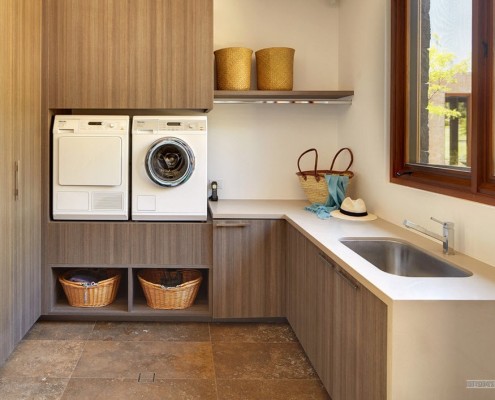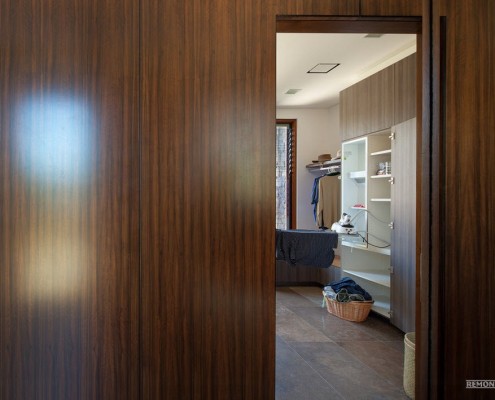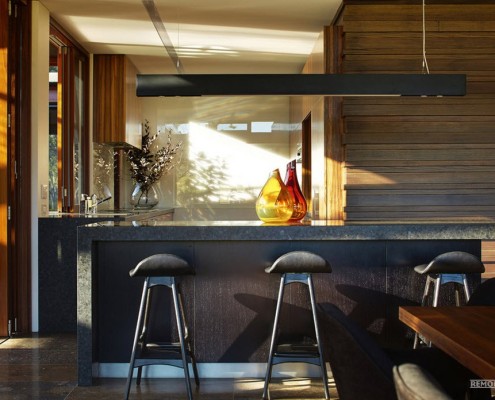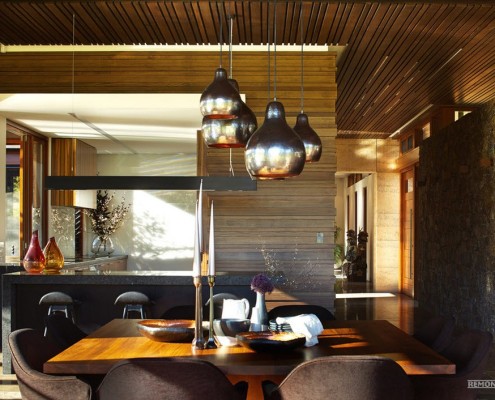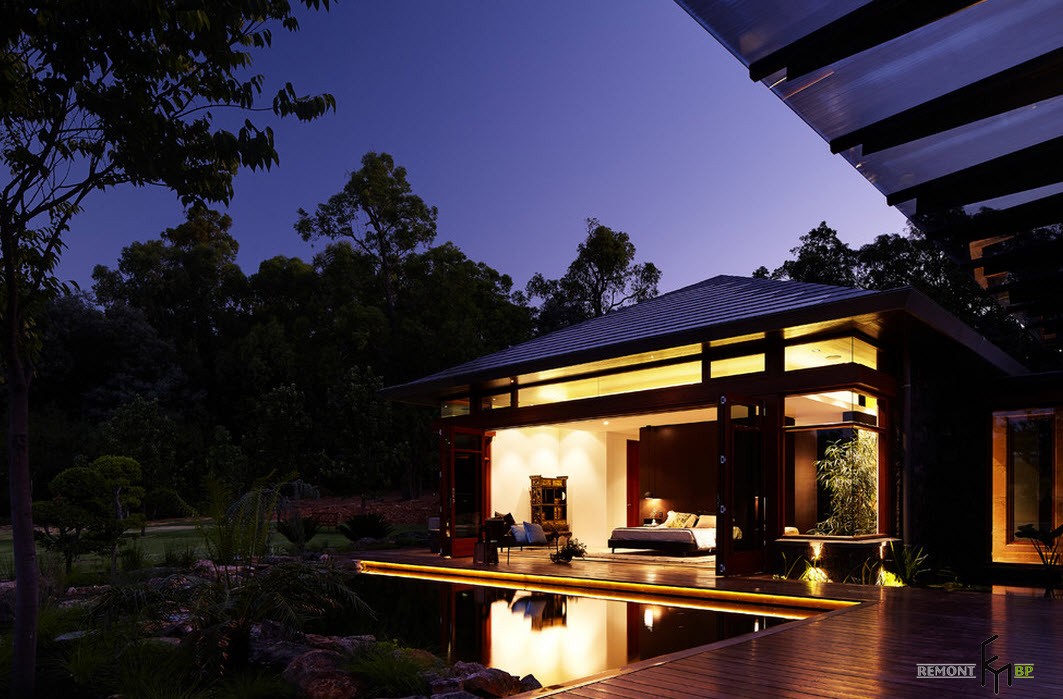The European fashion for oriental trends in interior styles is explained by their desire to learn the mystery of human existence through the prism of oriental wisdom. Eastern trends in architecture and construction attract residents of other countries with an unusual and unusual design, completely different traditions in the arrangement of their homes. The eastern directions include both Indian and Arabic, and Asian (including Japanese) styles.
The Japanese style in the design of houses seduces with the opportunity to embody simplicity and elegance, comfort and coziness in one project without unnecessary details and accessories. The Japanese interior is interesting because it respects ancient national traditions, respect for nature and respect for everything around. However, for Europeans, it is quite difficult to recreate an authentic interior in the style of the Land of the Rising Sun, it is not always acceptable. Therefore, the best option for home improvement will be an option that combines Japanese motifs and modern trends in the art of interior and exterior design, as in the project in the photo:
What is typical for the Japanese style in architecture and design
- harmony, simplicity and grace, clarity and severity of lines, a minimum of accessories;
- Glass, stone and wood are the main materials in the construction of a Japanese house:
- Discreet color palette:
- Transformation of space with the help of sliding doors and light partitions:
Japanese-style landscape
For the Japanese, with their reverent attitude to pristine nature, the design of the area around the house is of great importance. In landscape design, they embody the philosophical ideas of various teachings. Stones and water here are the embodiment of magical power, sacred symbols. If the territory of the site is small, you can make a miniature pond-pool and overlay it with stone:
The site on which the reservoir is located is the most successful option for decorating a Japanese-style landscape. It is enough to decorate the shore with boulders, place several large rough stones throughout the surrounding area, and your site will become an improvised Japanese garden:
To create the Japanese landscape, multi-level plantations are used: dwarf trees and tall pines, low shrubs and moss covering the stones. In this style, there should not be a neatly trimmed crown in the manner of a topiary, all plants should retain their original appearance:
Exterior in Japanese
Classic Japanese houses are built on a special principle: you can go inside from different sides. To one of the entrances to the house, you can mount a wooden flooring with steps. A very original and original version of the design of the local area:
On the other hand, the path to the house can be laid out with stone or concrete slabs:
Terraces and verandas are an integral part of a Japanese home. Here you can focus on your inner world, contemplating the picturesque landscapes. Therefore, covered extensions to the house are equipped with panoramic windows and doors. On such a veranda near an artificial reservoir, a bed will harmoniously fit:
Another way to get closer to nature in a Japanese house is an outdoor terrace next to the water:
Interior with Japanese orientation
In a traditional Japanese house, there is no clear division into separate rooms: the space is delimited by partitions. In the modern interior of the Japanese style, close to European standards, you can use a variety of zoning methods. An excellent solution for dividing a room into zones is a multifunctional partition-wardrobe:
Another rational way to divide a room is shelving:
Finishing materials
Depending on the purpose of the room, materials for decoration are also selected. If the outside is dominated by stone, then inside the room there is wood, which perfectly retains heat and creates a cozy atmosphere:
Decoration of the living room
In the living room from Japanese traditions, you can leave the color scheme, natural finishing materials and accessories with a national flavor. Modern household appliances and European furniture will emphasize the originality of the design:
Bedrooms
The interior decoration of the bedroom corresponds to minimalism in the traditions of the ethnic group of Japan. The absence of unnecessary details, furniture, bright décor items emphasizes the special charm in the bedrooms:
Kitchen
Rigor, restraint, simplicity and convenience of a modern kitchen with a touch of Japanese flavor – the style and respectability of the kitchen interior. Furniture facades are smooth, without decorations, plumbing fixtures and built-in appliances – everything should be extremely concise and functional:
The dining area is a bright and spacious room. Homespun carpet on the floor smoothes out a certain coldness of the interior and serves as an original accessory:
Bathroom
Japanese-style bathrooms are decorated with austerity and simplicity of lines. The room must be zoned to a place for washing:
Showering:
and the ofuro area (traditional Japanese bath):
Household block
The room for household needs, decorated in the Japanese style, is easy to use:
Principles of lighting
The Japanese pay considerable attention to the organization of lighting in their homes. The light should be subdued and diffuse. For this, pendant lamps of various configurations can be used:
Multi-level night illumination system:

